You are in:
Millennial Amazon
How to browse

Click on the icons to move around the room or to access points of interest. Alternatively, use the arrow keys to turn, go forward, and go backward.


Click and drag the image to explore the scene in 360°.
Alternatively, use the arrow keys to turn left and right.


Use the scroll wheel to zoom in or out.
Alternatively, use the plus and minus keys.

Virtual Tour / Indigenous objects
Indigenous objects
The diversity of indigenous ethnicities is also reflected in the variety of objects produced and in the richness of their details. In this room, there are 12 different types of objects, acquired directly from associations and indigenous shops. They are separated by ethnicity. Learn about who produced them:
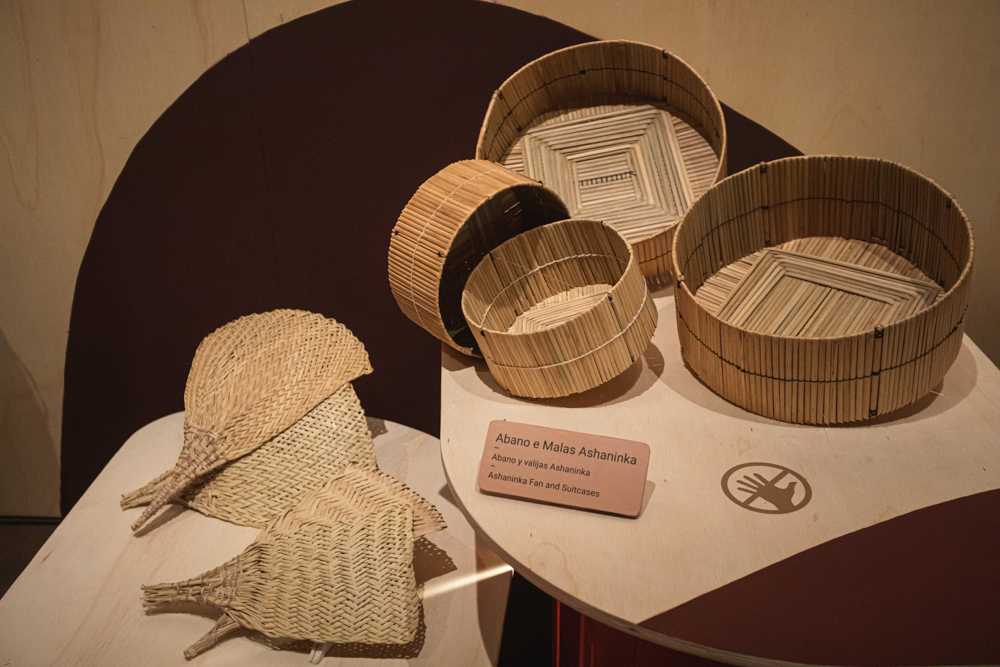
Ashaninka ethnicity
Fan (Rewatsi), Suitcases (Tsiwotsi)
Produced by women from the Ashaninka Cooperative from Apiwtxa village near the Amônia River
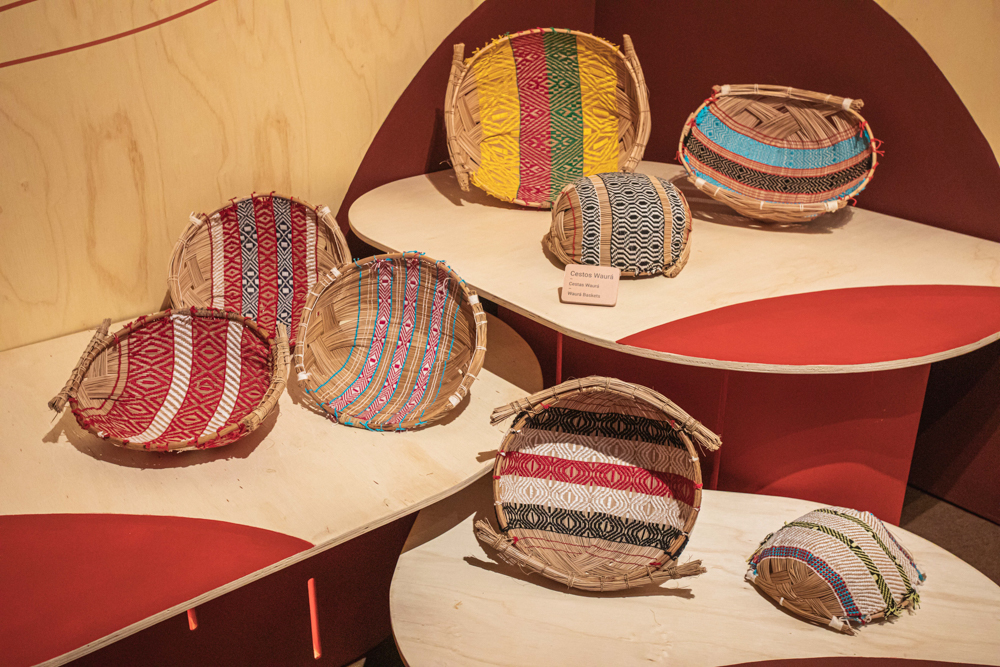
Waurá ethnicity
Baskets, produced by Amaiki Waura, Itxulalu Waura and Yakakumalu Waura
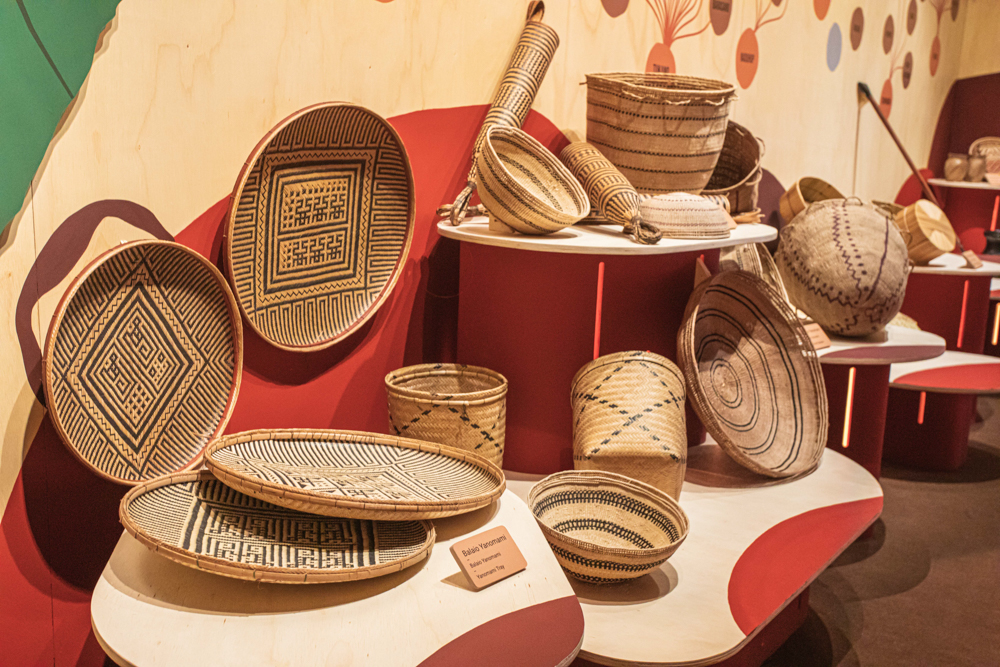
Yanomami ethnicity
Yanomami xotehe basket, produced by women of New Demini, Yanomami Indigenous Land
Yanomami wii a mini basket, produced by women of New Demini and Toototopi, Yanomami Indigenous Land
Sanöma Sotea tray, produced by men of Awaris, Yanomami Indigenous Land
Sanöma Kotomaso “Tipiti” (cassava strainer), produced by men of Awaris, Yanomami Indigenous Land
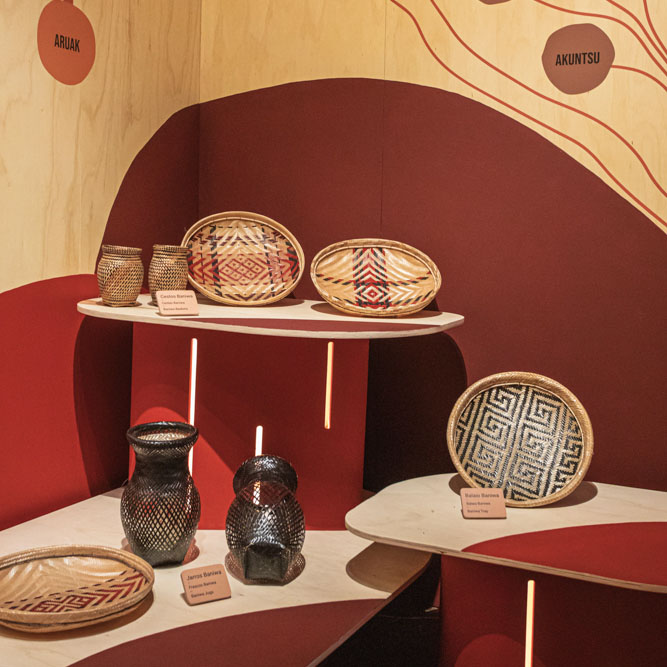
Baniwa ethnicity
Urutu basket, produced by Percílio F. Baniwa
Jug basket, produced by Clemente Rodrigues Baniwa
Baniwa basket, produced by Miguel Fontes Baniwa
Arumã tray, produced by Luis Brazão Baniwa
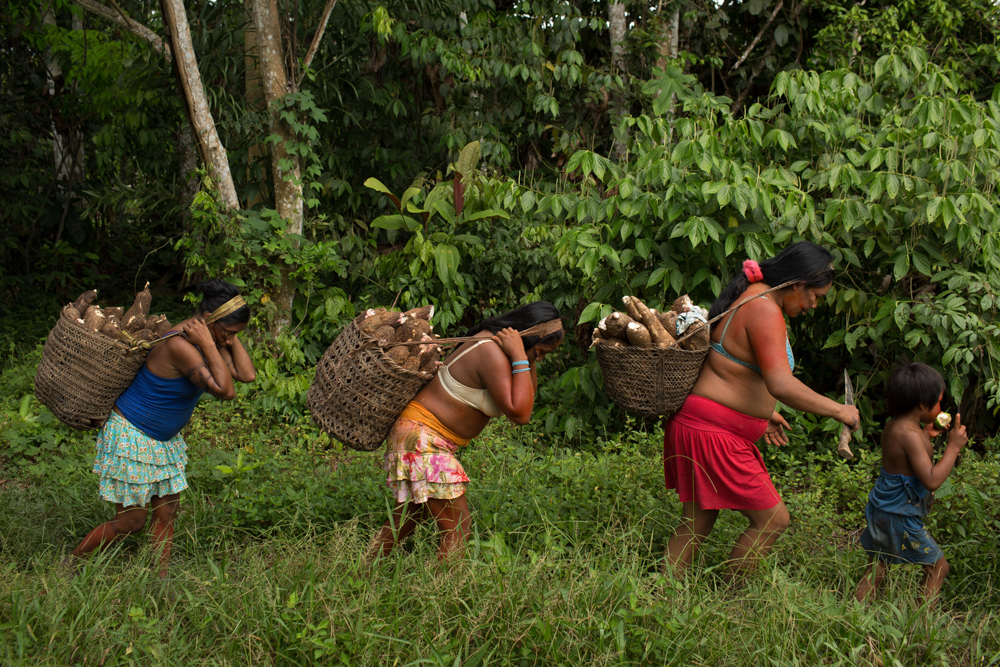
Example of use of baskets for transporting food.
Place: Vale do Javari Indigenous land, Amazonas.
Image credit: Bruno Kelly/Amazônia Real
(the piece in the photo does not belong to the same ethnicities as the objects displayed in the show)
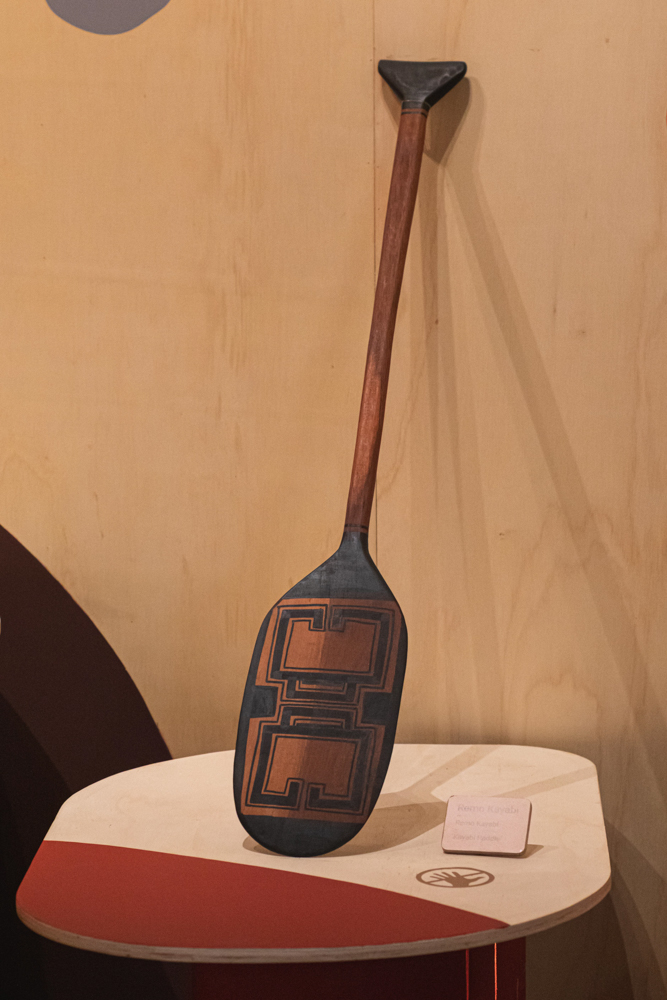
Kayabi ethnicity
Paddle, produced by Ropkranse Kayabi

Example of using the paddle.
Place: Baía dos Guatós Indigenous land, Mato Grosso.
Image credit: José Medeiros/Amazônia Real
(the piece in the photo does not belong to the same ethnicity as the object displayed in the show)

